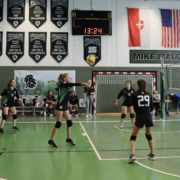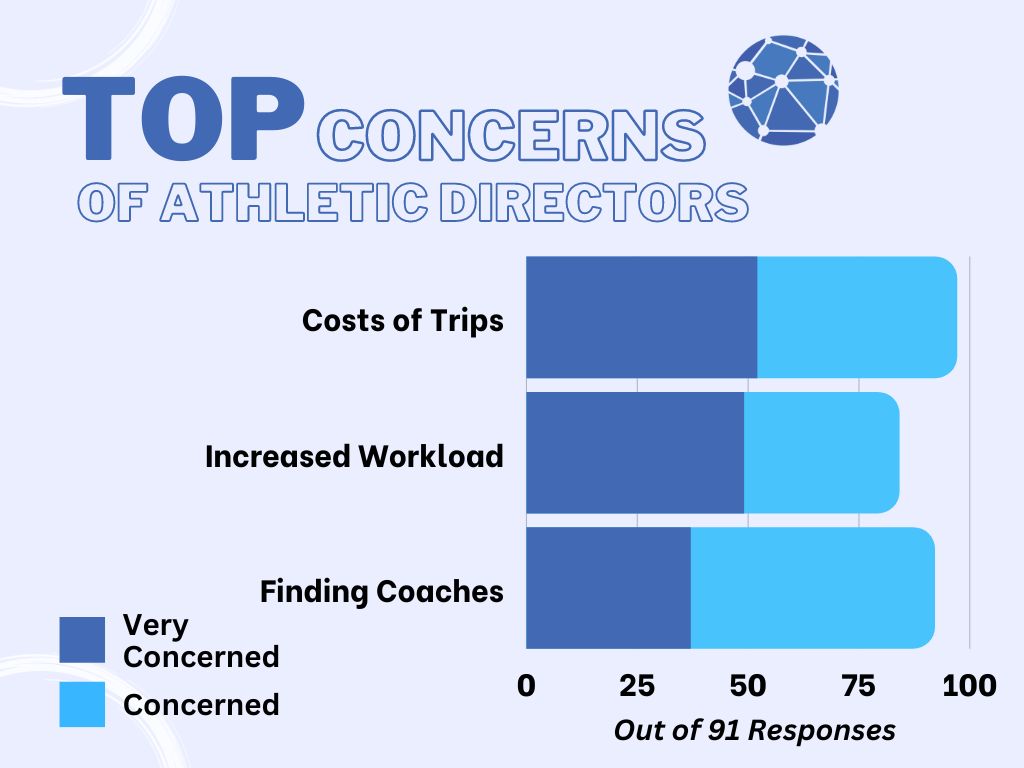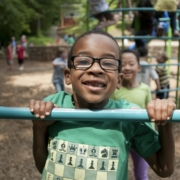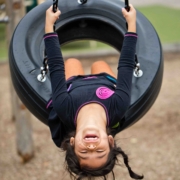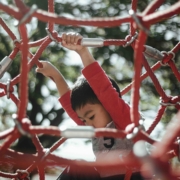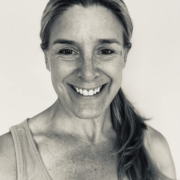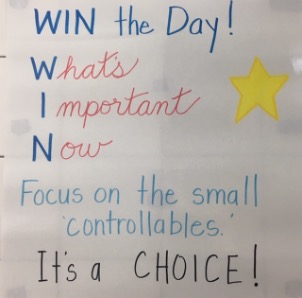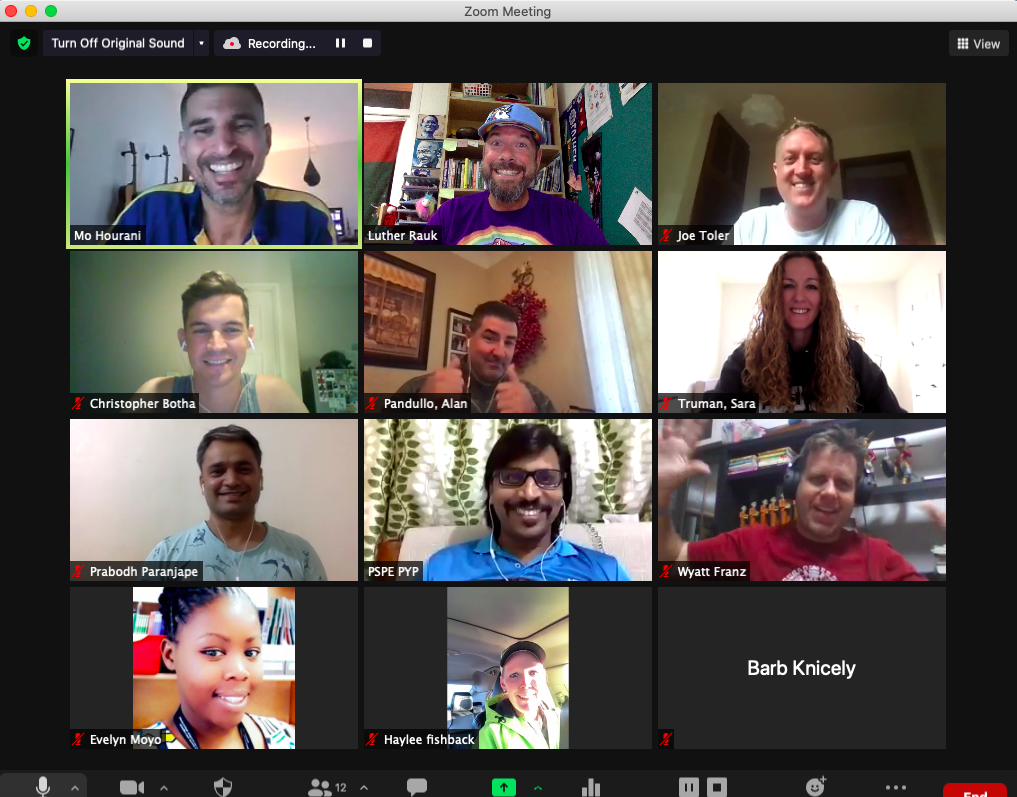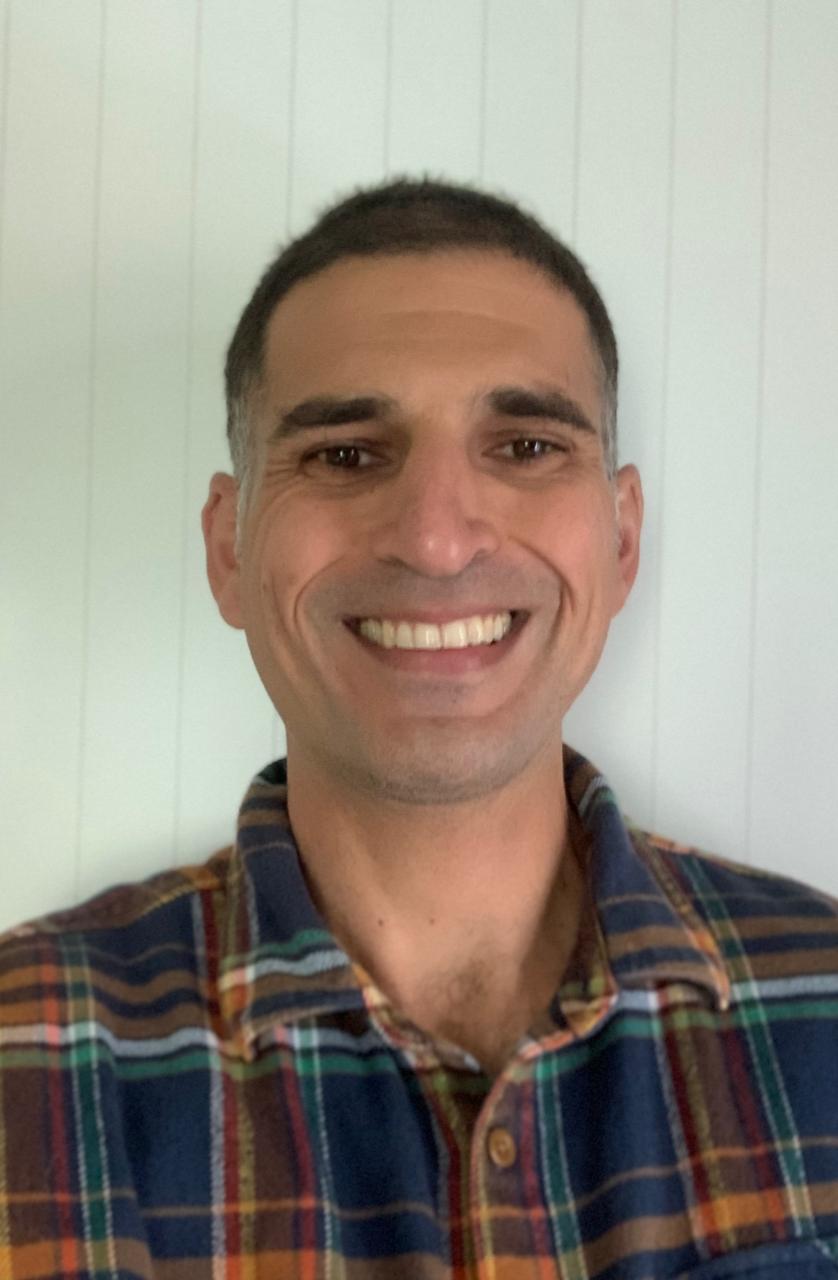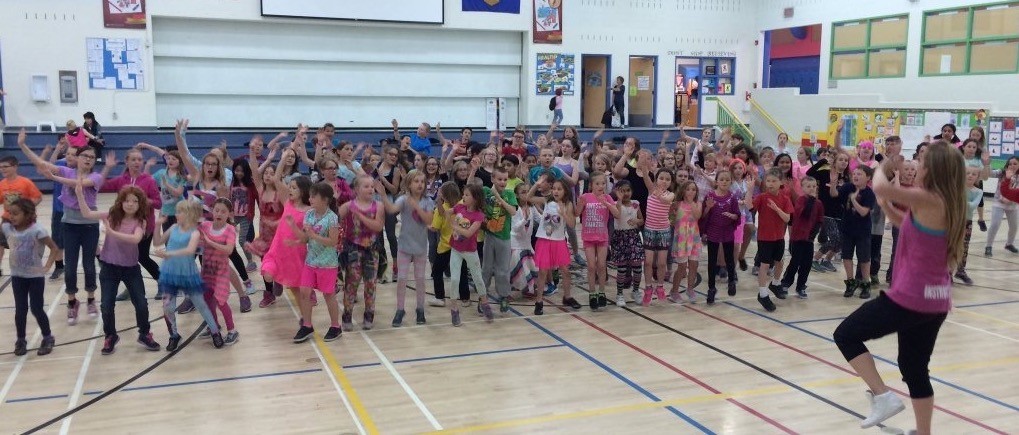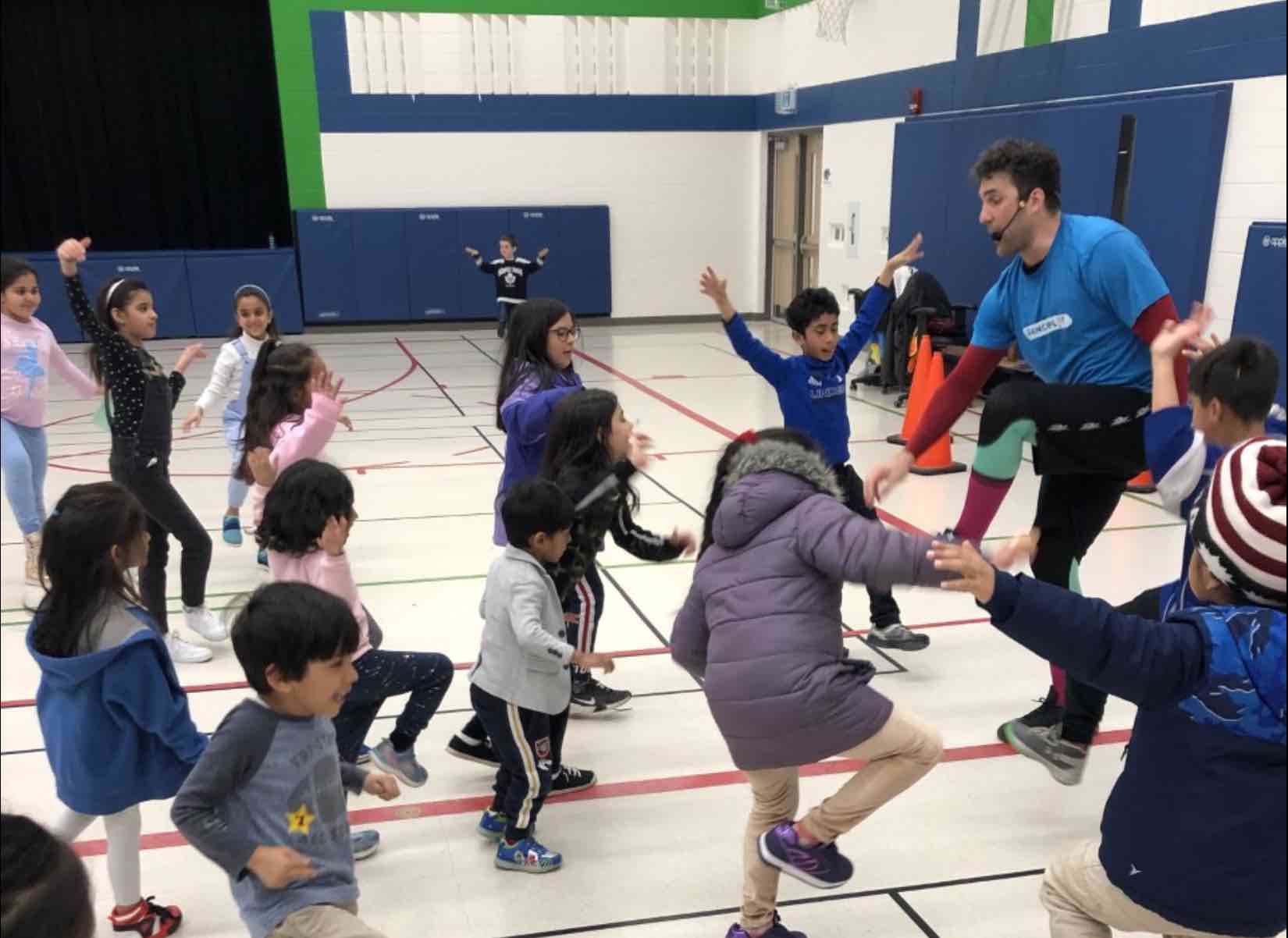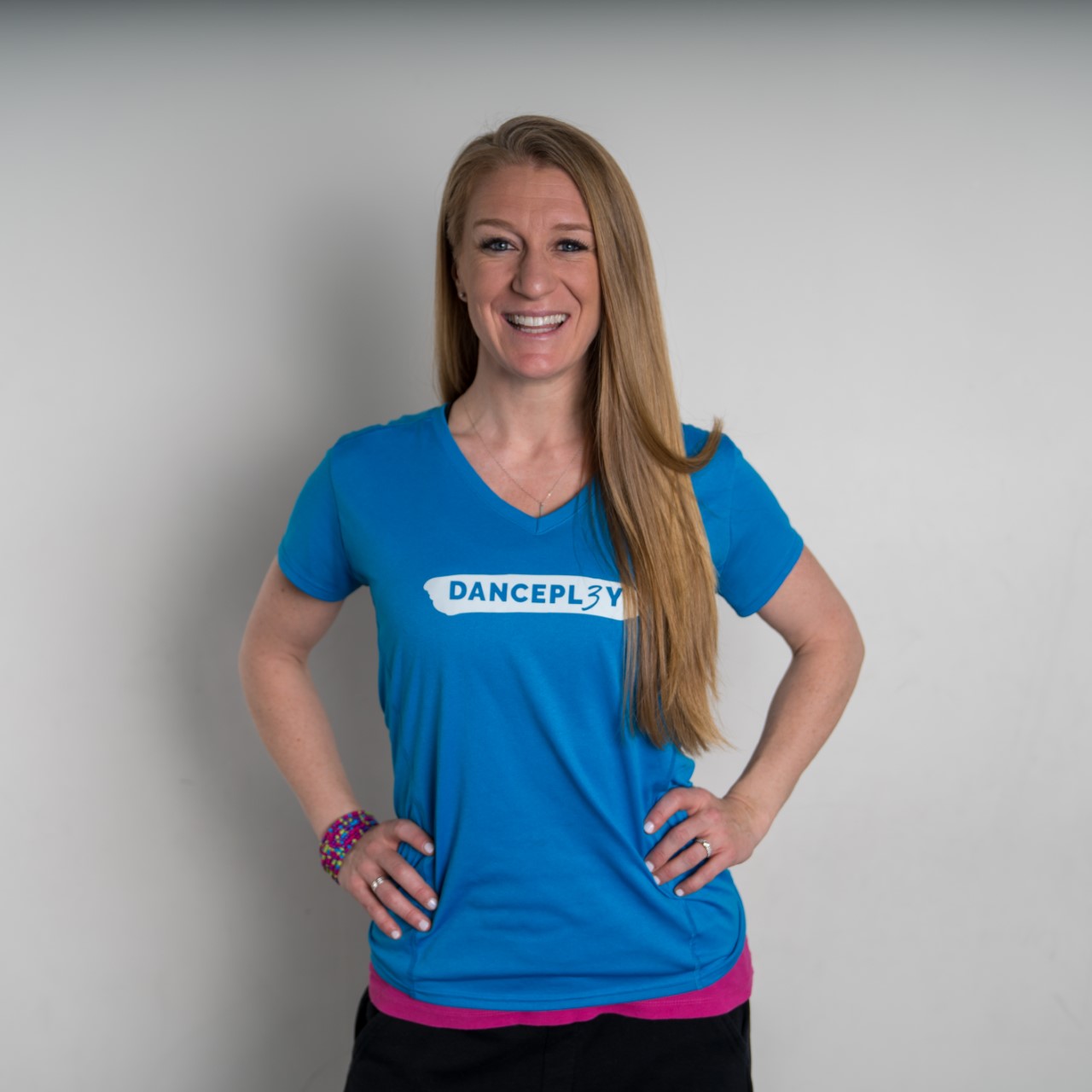International Athletic Directors “State of the Industry” Survey 2023
International Athletic Directors “State of the Industry” Survey 2023
Nick DeForest, American International School Vienna
The job of an Athletic Director (AD) or Head of Sport can be extremely demanding with long hours, extensive list of duties and a constant flow of events to organize or people to supervise. In the United States there is a massive turnover rate each year of people who just do not want the headaches any more. Internationally it seems that there is more stability in the position and more competition when jobs do open up. That security could be because compared to our U.S. colleagues there are: less legal issues, no sold out stadiums to deal with and very few parents pushing to get their children to the next level. However, if the results of the International AD “State of the Industry” survey are any indication, it may be that international ADs are starting to look for greener pastures. This year, the third version of the survey and it keeps true to form with a continued “top concern” of ADs around the world being “increased workload.’” How many years will the people, doing the job, keep having more work to do before they say enough? When asked what they would purchase if costs were not a factor, a top response this year was “more staff members.”
The 2023 survey asked some specific questions about how things have been coming out of the pandemic. As you might assume, the majority of responses said last year was more challenging than ever. I want to start out this survey report by highlighting the feeling that for years ADs workload has been increasing. They have not been getting more help and that is now coming on the backs of the most challenging years in their careers. One anonymous AD in Asia could not wait for summer to come, “expectations in this new job that I took have been absolutely outrageous and beyond anything that’s adequate. Very burned out after the first year and not sure where to find motivation for the second year.” While another anonymous AD in Europe has already had enough, “The workload is incredible. ADs put in an extra month of hours compared to our teaching, and sometimes, admin colleagues and I have come to the end of my candle. I have been burning it at both ends for over a decade and need some time to re-evaluate and re-energize. I may or may not be back in the future. I’m curious how many of us are at the same or a similar point?”
State of the Industry
If you have not heard about this survey before, I started it in 2019 as a way to bring our community together and to see what was on the minds of International School Athletic Directors from various school sizes and geographical locations. I analyzed the results of the “State of the Industry” survey which was completed by ADs all around the world. Two years later I asked the same questions again and got some very similar answers but with some COVID-slanted responses. In the spring and summer of 2023 it was time again to go back and see what if anything had changed. This year 93 people filled in the survey, which was almost the same as in 2021. The majority of the responses are from ADs in Europe (40), Latin America (24) and Asia (23). African and Middle Eastern ADs also took part but with less than 10 responses each. For the previous survey articles please click here for 2021 and here for 2019.
Same Story, Different Year
“Increased workload” is not the only thing that has remained the same in the three surveys, as some of the other questions have yielded the same results each time. When contacted by parents, ADs say that the number one reason why is again complaints about “communication they say they didn’t receive or couldn’t find.” When asked about what types of things ADs are “not concerned about’ the top two answers remain “job security” and “pressure to win.” Eighty percent of ADs are not concerned at all about their job. That percentage is of course high but still lower than the pre COVID results. One thing to note about the survey in general is that the answers are almost always similar regardless of which region in the world the participants are in. However, there are one or two questions that stand out as being geographically different.
This year “pressure to win” was one of those questions with 50% of Latin American responses indicating they were concerned about that in relation to the response of European ADs where only 19% were concerned. The other standout this year was the question about vendors and getting supplies to your location with 70% of ADs in the Middle East and Africa being concerned where only 30% of other areas were concerned. One would assume that getting supplies to the Middle East and Africa is not as easy as Europe and Asia but why is there such a big difference about winning in Latin America? The survey responses do not tell us but it could be their proximity to the United States or more probable is the fact that many international schools in Latin America have a higher percentage of local students compared to other regions.
Money and Time
Two of my favorite questions of the survey ask ADs to look to the future with unlimited money and then unlimited time and tell me what they see. I love them because it really can show you what ADs believe their programs are lacking to be able to really make a difference. Athletics are so often an afterthought in the international world but hopefully with initiatives like this survey other people in our schools start to take notice and listen. Topping the list, as always, for what ADs would purchase if they could, would be better, bigger or improved facilities. Unfortunately, for many that is just a pipe dream so as in the past I will put that answer aside and move on. Next second highest responses in the past two surveys were that ADs wanted more money in order to pay coaches more and also offer them some professional development.
Those two reasons were topped this year, as ADs wanted more money, so they could hire more staff to help with the increasing demands of the program. Some ADs mentioned going from a part time to a full time AD position while others mentioned an Assistant AD or even just part time office staff. One AD in Asia, who wants to remain unknown, would love some more help and writes, “I am at a school of over 700 and I am running everything myself. No assistant, no assistant AD, and no stipends for coaches. All coaches are volunteers so I am trying to do whatever I can to help, so I do not lose them. I plan all trips, logistics, teach a class, and even have to referee at times”. With a top concern of the job being “increased workload” is this a cry for help before more of us need to “re-evaluate and re-energize”?
Full time or assistant AD positions could absolutely help schools realize what their ADs would do if they had “more time,” which is my second favorite question. Again topping the list for three years in a row is “more time spent with coaches and athletes.” Many ADs want to develop leadership training programs or athletic councils while others want to just be able to sit and talk with their coaches. Some new answers that popped up this time around by a number of people are wishes to improve or create apps, social media accounts or websites that will help get information to parents “that they say they didn’t receive or couldn’t find.”
Top Concerns
The “increased workload and expectations” that I have talked about already was actually the second rated response this year followed by finding qualified coaches in third. Both of those responses have been top concerns since this survey has started; however, the number one concern this year is brand new. The “rising costs of trips” rocketed to the top of the list with 47 “very concerned” and 41 “concerned” responses out of the 91 total responses. Coming out of COVID the cost of travel has risen tremendously however, travel costs are not the only reason trip costs are going up. The switch from home stays to hotel stays for many conferences has already caused many schools to scale back their trips or look for more local options.
Home stays versus hotel stays has been a constant debate for schools and conferences for years with passionate discussions and arguments supporting both sides. People on each side of the discussion often think their way is both safer and easier but COVID has seemed to tip the scales for anyone close to the midline. The first episode of Global Take was even dedicated to this topic which you can watch by clicking here. Most do say that hotel stays bring more security for our students but with a higher cost to parents; however, there have been conferences around the world that have used hotels for years. David Johnson from the American International School Riyadh biggest concern is trip costs; “The prices of these trips concern me and I am not sure how long we will be able to sustain sending kids to play in different countries. Although, not many yet, we have had a bit of parent concern and pushback about the cost of international trips. It is a difficult balancing act of attending things and passing on things due to increased costs.”
Those new to hotels have often been sending extra chaperones to help with supervision issues and to also give coaches a bit of a break who have been working all day. Daan van Bunge from The International School of The Hague says that, “the safeguarding of our students is high on the agenda for our senior leadership and they have decided against home stays. The financial pressure on the parents has increased and it is more likely that they will start to say no to participating in trips.”
Post COVID
In 2021 COVID took over the survey with top concerns and ADs wondering if they were going to have normal athletic seasons or if they were going to have seasons at all. One of the questions last time was “what is something new that you have done and that you will continue to do in non-COVID years?” so of course this year I had to check back in and see if those things have actually continued. It has only been two years since then and with schools in Asia only coming back to competition mid year so I was not sure what kind of responses I would receive. However, my assumptions were confirmed that online meetings for many have remained. Pre-season parent meetings came out on top of all the different types with conference meetings, coach meetings and individual trip meetings also being mentioned. Personally, the pre-season parent meetings have been a fantastic addition to our program for the types of parents we have. We have had parents join from hotel rooms on business trips, in their cars on the way home and families join while they are finishing up their dinner. Wherever they are in the world they are using the opportunity to get some information and ask questions when physically coming into schools would not have been as convenient or even possible.
The second question about COVID and the last question of the survey asked ADs to compare last school year (as a post COVID year) to normal years. The resounding response was that last year was more challenging or even as one AD writes “crazy and way more challenging.” The reasons for those responses were split into two distinct reasons. Will Vreugdenhil of the Korea International School articulates the first reason very well. “We are having to train or retrain students, parents, coaches, hosts, employees what the exact expectations are. We can’t say ‘Remember last year’… it was too long ago.”
It is the rebuilding of cultures that is so time consuming especially for people who were at their schools before COVID. What does it mean to represent your school on an athletic team and how does one do that? There are also schools that have seen more new requests than ever before, as people are trying to make up for missed opportunities. Adding new trips, events or even teams is the second main reason last year was so challenging to our responders. However, not just because they are new but because it seems that more faculty members want to spend their time doing more things for themselves. Erlend Badham from the International School of Belgrade reflected that the year was “challenging as we are putting on more activities and events than ever and parents still expect more, but we have less willingness from faculty to commit.” A similar response came from Anthony Hennelly from the International School of Prague who feels like they “had to further encourage adults to support the programme more so than previous years.” However, challenging and busy are not always bad things for an AD as Will Moncrief from the Frankfurt International School writes that the year was “Very busy, lots of participation…but a GOOD busy. Feels great to be back and then some!”
My Hope
When I was first thinking about organizing this survey back in 2018, I asked some colleagues what they thought about the idea. One of them asked me right away why I thought it was important and what I thought would come out of it. My answer was simple at first: to bring the international athletic director community together. I also wanted to show each other how similar we are regardless of how big our schools are and where they are in the world. Looking back I think that goal has been accomplished, of course also in part by the pandemic, the Globetrottin’ ADs podcast, the online conferences, and my book ‘International Education Leadership: A Global Playbook”. Now after the third round, I want something more to come from this “State of the Industry” survey and all of the time the ADs put into their responses.
For years now ADs have been concerned about the increasing amount of work that their school demands of them and in many cases the AD, that is doing more and more work is also doing it alone or even after a long day of teaching classes. This year has been the first year that ADs have written about quitting the profession or wondered how much longer they can do it. It was also the first time that many ADs wrote about hiring more staff to help with the increased demands. Sure there are hundreds of applicants for every AD job that opens up but when the position becomes a revolving door it is only the students that suffer. My hope now is that with the results of this survey there will be more understanding of the position and that it will also help ADs around the world speak to their administration about their increased workload, their lack of staffing and show them that it is not just them.
Dave Horner who has been an AD in four international schools believes that “many human resource and administration team members are not aware of the amount of time and effort that goes into our jobs. It is often overlooked”. ADs, share this survey with your administrators, share it with your colleagues and continue to talk and compare your jobs to your colleagues. If not world wide, then at least schools in individual conferences can band together for the betterment of all of your student athletes and entire school communities. I also hope that with this survey analysis, teachers and administrators will get a better understanding of what the job could be, if it is adequately staffed and supported. A full time athletic director with a staff behind them can do many amazing things at a school that it is a shame to not use an athletic program to the best of our abilities. Athletic Director or Head of Sport is a vocation and filled with servant leaders like Dave Johnson who I would like to give the last word too. “I find myself just running around trying to complete the next task on the list and not enjoying the students and watching their growth during the seasons.. so that is the biggest thing I would love to do. Simply have the time to work with our student-athletes more in practice and enjoy watching them play.”
Nick DeForest is the Assistant Director of the Events Office at AIS Vienna, Austria. He is the founder of the Globetrottin’ ADs and author of ‘A Global Playbook’ which can be found on Amazon. Originally from St. Catharines, Ontario, Canada, Nick has been in Austria since 2000 and is passionate about connecting international school Athletic Directors, Coaches, Teachers and Students from around the world.
To connect with Nick and learn more please visit www.globetrottinads.com and follow him on Twitter @Nick_GTADs

